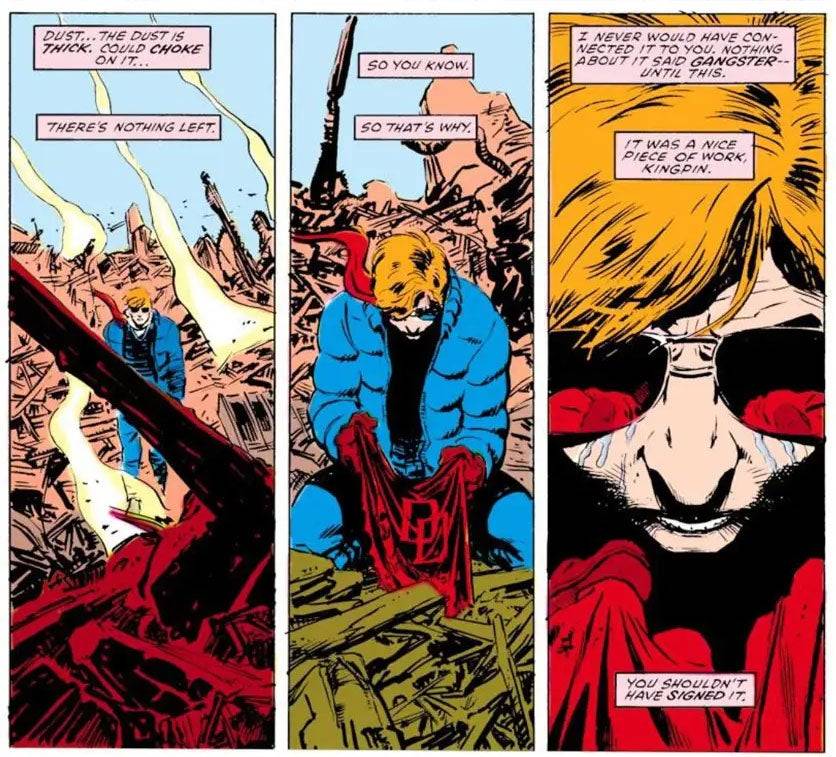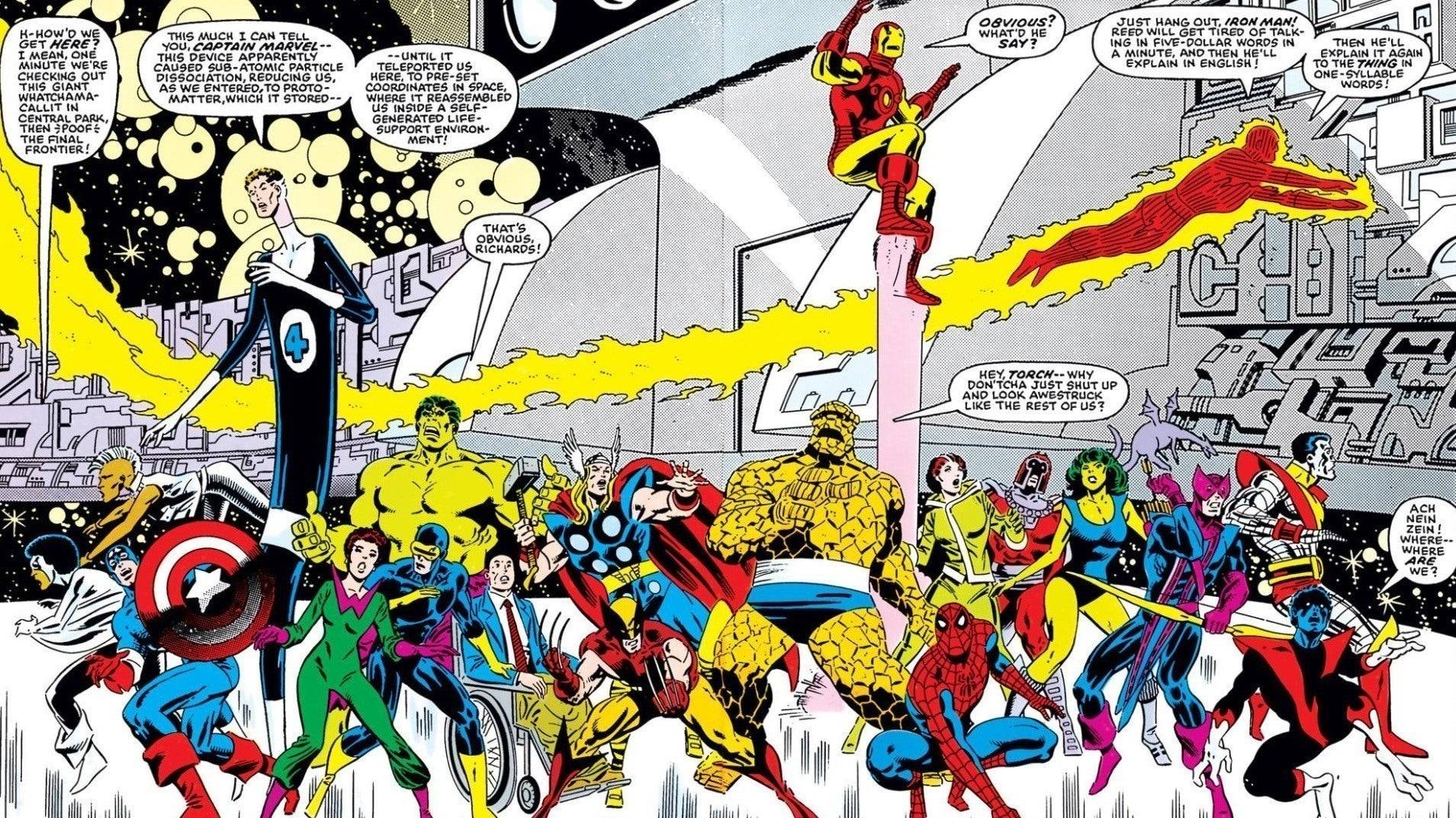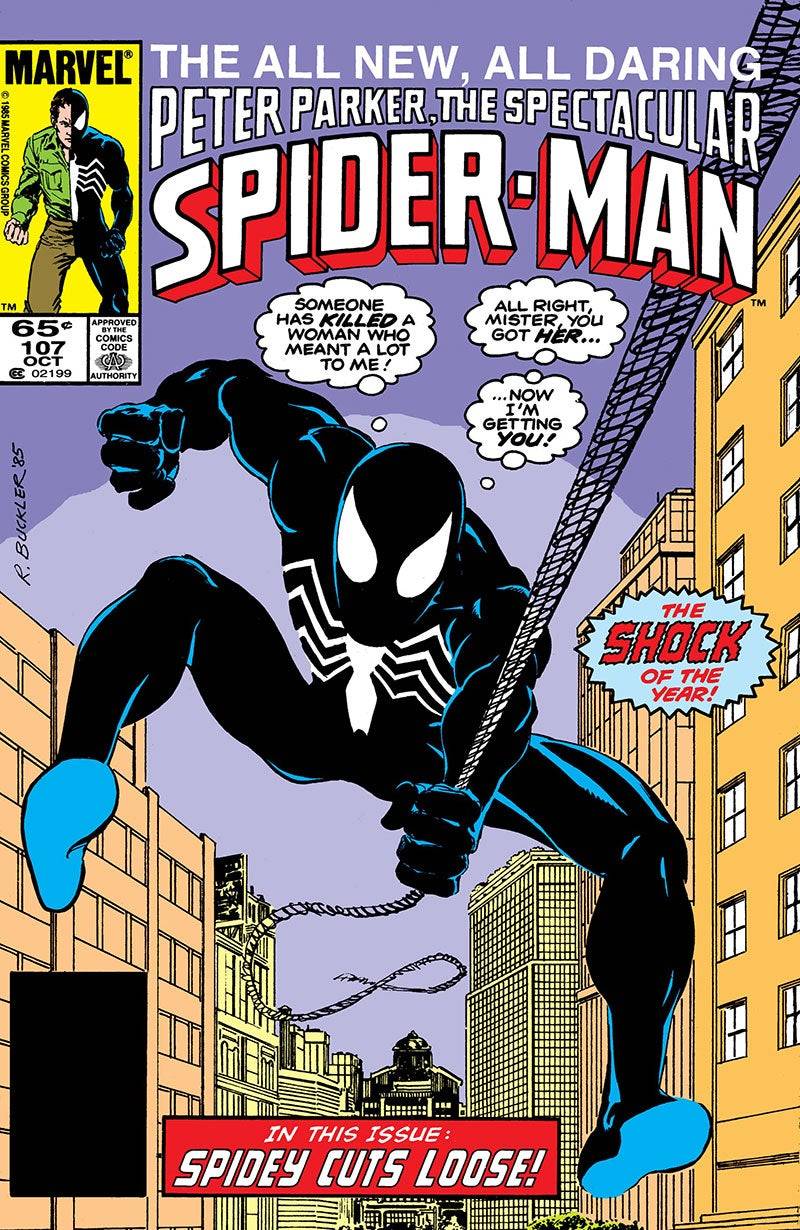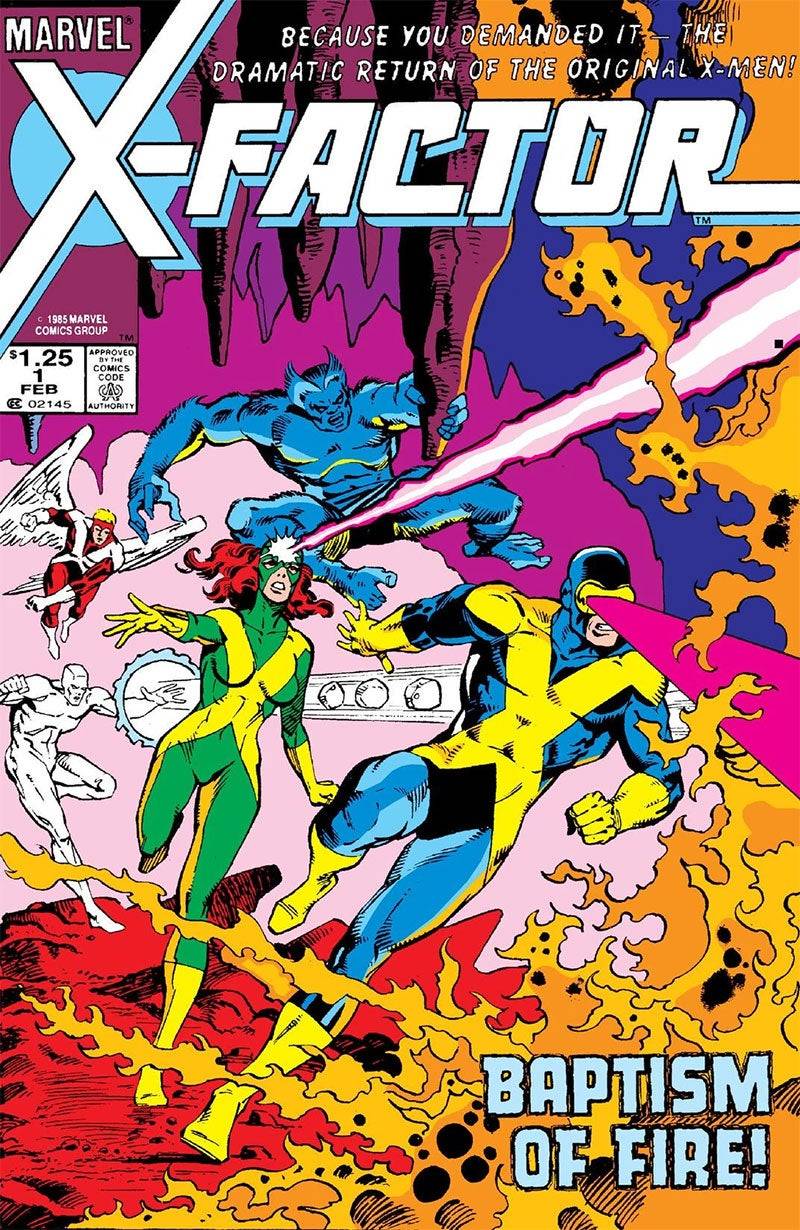The mid-1980s marked a golden age for Marvel, a period of both creative peak and financial success. Having weathered the financial storms of the late '70s, Marvel was poised to reshape the comic book industry. 1984's Secret Wars, for all its impact, stands as a pivotal moment, triggering a cascade of consequences across the Marvel universe and the industry as a whole, sending beloved heroes and villains on dramatically new paths.
This era boasted other iconic storylines, including Frank Miller's Born Again Daredevil arc, Jean Grey's return in X-Factor, and Walt Simonson's epic Surtur Saga in Thor. This article delves into these pivotal narratives and other significant stories from this transformative period – Part 8 of our exploration of essential Marvel issues.
More Essential Marvel
- 1961-1963 - The Birth of a Universe
- 1964-1965 - The Sentinels Are Born and Cap Dethaws
- 1966-1969 - How Galactus Changed Marvel Forever
- 1970-1973 - The Night Gwen Stacy Died
- 1974-1976 - The Punisher Begins His War on Crime
- 1977-1979 - Star Wars Saves Marvel From Bankruptcy
- 1980-1982 - Did the Dark Phoenix Saga Usher in the Greatest Decade for Marvel?
Frank Miller's Born Again and Walt Simonson's Surtur Saga
Among the era's most acclaimed storylines are Born Again, marking Frank Miller's triumphant return to Daredevil (with David Mazzuchelli on art), and Walt Simonson's work on Thor. Born Again (#227-233), a strong contender for the definitive Daredevil story, depicts a harrowing descent for Matt Murdock. Karen Page's tragic betrayal exposes his secret identity, leading Kingpin to systematically dismantle Murdock's life. His subsequent recovery, alongside Kingpin's descent into obsessive fanaticism, creates a powerful and unforgettable narrative. This masterwork, loosely adapted in Netflix's Daredevil Season 3, also inspires the title of the upcoming Disney+ series, Daredevil: Born Again.

Simultaneously, Walt Simonson revitalized Thor, beginning in 1983 (#337), introducing Beta Ray Bill, an alien worthy of wielding Mjolnir. Simonson, widely considered the definitive Thor creator, imbued the title with a strong sense of mythic fantasy. His Surtur Saga (#340-353), a year-long epic, features the fire demon Surtur's attempt to trigger Ragnarok. Malekith the Accursed battles Thor, setting the stage for a climactic showdown involving Thor, Loki, and Odin against Surtur. Elements of this saga found their way into Thor: The Dark World and Thor: Ragnarok.
Secret Wars: Reshaping the Comic Book Landscape
As discussed in Part 4 of this series, 1973's Avengers/Defenders War foreshadowed the event crossover's rise. Secret Wars (1984), a 12-part miniseries written by Jim Shooter (then Editor-in-Chief), with art by Mike Zeck and Bob Layton, solidified this trend. Born from a marketing collaboration with Mattel, the series features a cosmic being, the Beyonder, teleporting heroes and villains to Battleworld for a contest of good versus evil. While featuring spectacular battles and setting up future storylines, Secret Wars is a mixed bag, lacking narrative depth in places. Shooter's portrayal of Doctor Doom is strong, but his handling of other characters feels less consistent. The 2015 Secret Wars by Jonathan Hickman and Esad Ribić offers a more satisfying iteration, but the original's impact on the industry remains undeniable. Its success spawned Secret Wars II, while DC's Crisis on Infinite Earths further cemented the event comic model.

Spider-Man: The Symbiote Suit and Other Defining Moments
Following Stan Lee and Gerry Conway's influential runs, Amazing Spider-Man found a new iconic voice in Roger Stern. Taking over with #224, Stern elevated the title, introducing the Hobgoblin in #238. Stern's initial Hobgoblin saga, though cut short due to editorial interference, remains fantastic, ultimately culminating in the 1997 miniseries Spider-Man: Hobgoblin Lives. Amazing #252 introduced Spider-Man's black symbiote suit, a storyline later expanded upon, leading to the creation of one of Spidey's most popular villains. The black suit has become iconic, appearing in numerous adaptations. Peter David and Rich Buckler's The Death of Jean DeWolff (#107-110) in Spectacular Spider-Man, a dark and impactful tale, stands as another highlight of this era.

Mutant Milestones: Jean Grey's Return, Apocalypse's Debut, and More
The mid-1980s also witnessed significant events in the mutant world. Vision and the Scarlet Witch #4 revealed Magneto as the father of Quicksilver and Scarlet Witch, a retconned detail but a long-standing element of their history for many fans. X-Men #171 featured Rogue's heroic turn, becoming a beloved member of the X-Men. Similarly, X-Men #200 saw Magneto's rehabilitation, becoming the headmaster of Xavier's School for the Gifted.

Jean Grey's resurrection across Avengers #263 and Fantastic Four #286, along with the introduction of Apocalypse in X-Factor #5-6, are arguably the most important mutant events of the period. Apocalypse, an ancient mutant enhanced by Celestial technology, became a major X-Men villain, appearing in various adaptations.
AnswerSee Results













